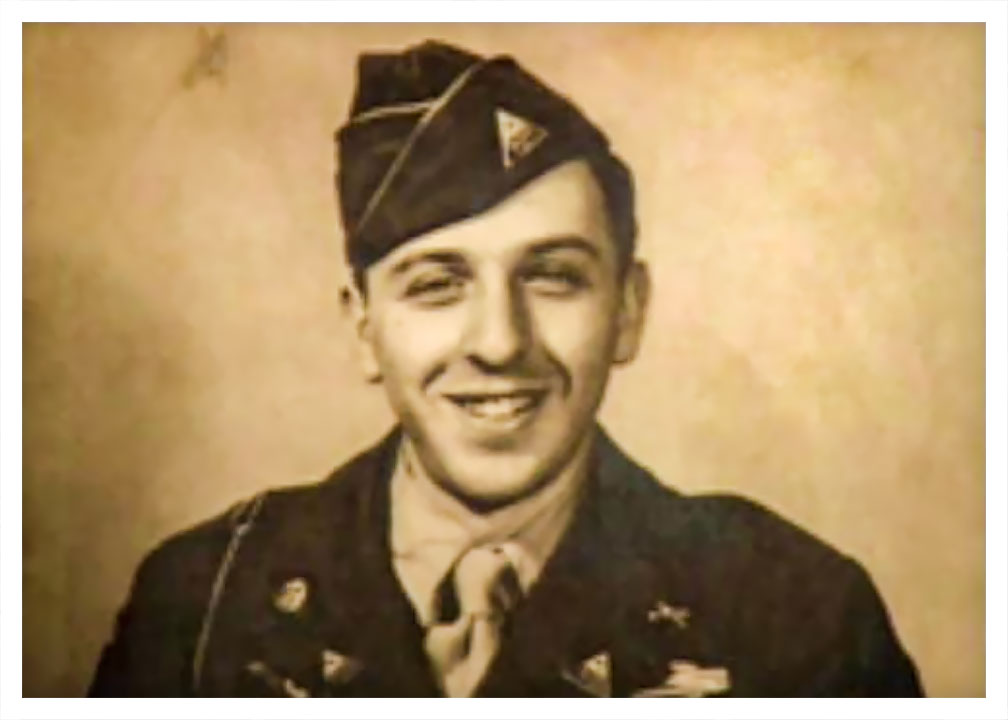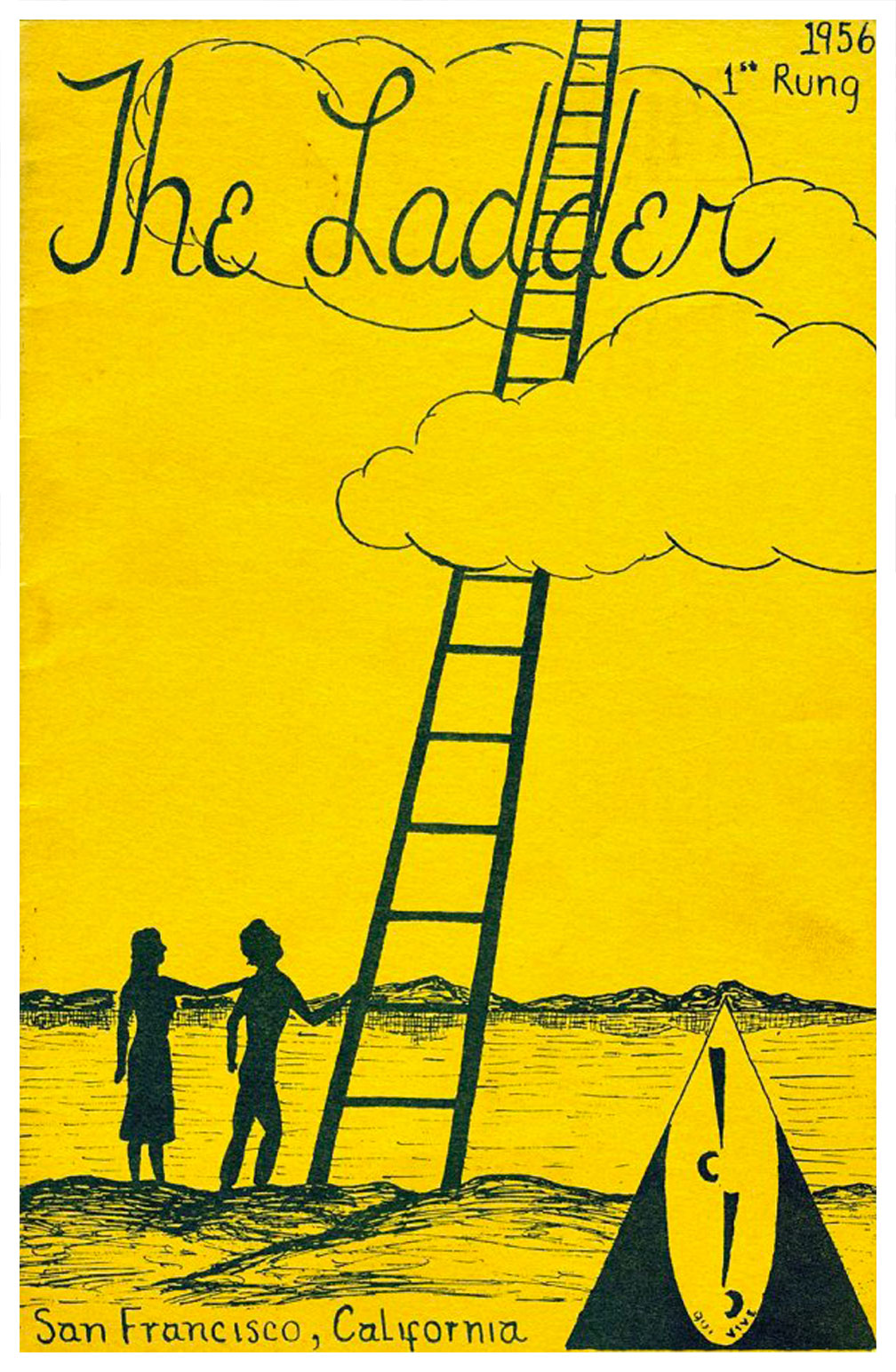Overview
The study of the contributions of lesbian, gay, bisexual and transgender (LGBT) people and events in history provides opportunities for teachers to reveal new stories that few have learned about and presents students with a wider lens by which to understand American history. Resources developed through this project and helpful resources to consider identified on this web page include stories that can be shared in every classroom at every grade level as an integral part of our diverse American histories.
California became the first state to mandate the teaching of the “contributions of Lesbian, Gay, Bisexual and Transgender people” or LGBT history with the passage of the Fair, Accurate, Inclusive and Respectful (FAIR) Education Act in 2011. The History-Social Science (HSS) Framework , adopted in 2016, identifies LGBT history and social studies topics that are appropriate for different grade levels. In addition, Chapter 20 of the Framework titled “Access and Equity” states that:
“All of California’s children and adolescents have the fundamental right to be respected and to feel safe in their school environment, yet many do not because of their sexual orientation or gender expression. Research indicates that students in kindergarten through grade six who are gender-nonconforming are less likely than other students to feel safe at school and more likely to indicate that they sometimes do not want to go to school because they feel unsafe or afraid.”
California’s new HSS Framework emphasizes an inquiry-based approach to teaching and learning that encourages students to consider many perspectives in the study of history. The contributions of LGBT people remained hidden in documented history for many years, due in part to laws that criminalized LGBT culture. It is important to note that LGBT or gender nonconforming people have been documented in every culture in history dating back to ancient civilizations.
The resources created by the Content, Literacy, Inquiry, and Citizenship Project have been designed to support teachers as they implement the HSS Framework and corresponding aspects of the FAIR Education Act. In addition to the resources developed by this project, the following are links to other resources that educators may find helpful to support their teaching practice.
Helpful Resources to Consider
Our Family Coalition/Teaching LGBTQ History
Find LGBT history lesson plans for most every grade level. Various tools for learning LGBT history including an LGBT history timeline, textbook selection tools and primary source document sets are included that can be used in most K-12 classrooms.
LGBT History Lesson Plans
Developed by teachers for teachers, many using primary source documents.
- UC Berkeley History Social Science Project
- UCLA History Geography Project
- Safe Schools Project Santa Cruz County
LGBT Archives and Primary Source Documents
Digitized primary sources that teachers may use.
- CSU Monterey Bay LGBT Archives
- GLBT Archives (San Francisco)
- One Archives (Los Angeles)
- Online Archive of California Search
FAIR Act Webinars
The Los Angeles County Office of Education, in partnership with the California 3 Rs Project, created a series of webinars on the FAIR act for teachers and administrators.
Books
Queer: A Graphic History
Barker, Meg-John and Scheele
London, Icon Books, 2016
Queer History of the United States
Bronksi, Michael
Boston: Beacon Books, 2011
A Culturally Proficient Response to LGBT Communities: A Guide for Educators
Linday, Randall et al
Corwin, 2013
Supporting Transgender & Gender Creative Youth
Meyer, Elizabeth and Sansfacon, Annie Pullen
Peter Lang, 2014
Gender and Sexual Diversity in Schools
Meyer, Elizabeth J
New York: Springer, 2010
The Routledge History of Queer America
Romesburg, Don, Ed
Routledge, 2018
Understanding and Teaching: U.S. Lesbian, Gay, Bisexual and Transgender History
Rupp, Leila J. and Freeman, Susan K. Eds.
The University of Wisconsin Press, 2014
Transgender History, second edition: The Roots of Today’s Revolution
Stryker, Susan
Berkeley: Seal Press, 2017


